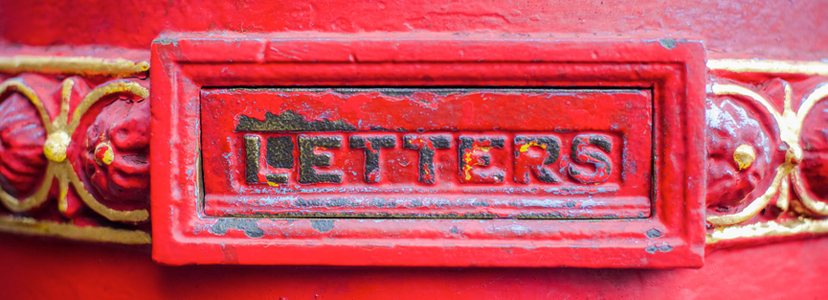A guide to understanding Royal Mail parcel sizes

In April 2013, the Royal Mail changed its ‘pricing in proportion’ policy, abandoning its old ‘packet’ category, and replacing it with two new bands, which it called ‘small parcel’ and ‘medium parcel’.
Initially, a ‘small parcel’ was designated as one that measured no more than 450 x 350 x 80mm, or no more than 160 x 160 x 160mm, or a postal tube no longer than 450mm and with a diameter no bigger than 80mm; it should also weigh no more than 2kg.
The change was announced with little advance notice, and with no time to plan for the new pricing structure, led to a sudden huge hike in delivery charges for many mail order companies. Such was the outcry, that in October the same year, the Royal Mail had a rethink, and changed the ‘small parcel’ dimensions. The 450 x 350 x 80mm size remained, but the 160 x 160 x 160mm alternative was replaced with the larger 350 x 250 x 160mm option. That’s about the size of a large shoe box.
You’d have thought that two major changes within a year would have been more than enough for a while, but a year later they were at it again – and, for the time being, this does appear to be it. As from Monday 20 October 2014, the two previous small parcel options have been combined into one far more straightforward Royal Mail maximum small parcel size of 450 x 350 x 160mm.
Incidentally, referring back to an earlier blog about millimetres and litres, that means that the maximum volume for a package to qualify as a ‘small parcel’ is now 25.2 litres, up from the previous maximum of 14 litres.
To be fair to the Royal Mail, that’s a significant jump. Looked at the other way, of course, it does go to show just how wrong they got it in the first place.
Just for clarity, then, these are the new categories in full:
Letter
• Up to 240 x 165 x 5mm
• Maximum weight: 100g
Large Letter
• Up to 353 x 250 x 25mm
• Maximum weight: 750g
Small Parcel
• Up to 450 x 350 x 160mm
• Or a tube up to 450mm long with a diameter up to 80mm
• Maximum weight: 2kg
Medium Parcel
• Up to 610 x 460 x 460mm
• Or a tube where the length plus twice the diameter must not exceed 1040mm, with the greatest dimension being no more than 900mm
• Maximum weight: 20kg
Despite all these changes, one important thing has remained constant, and that is that you have to be very careful when choosing your packaging. When the size was increased in October 2014, a BBC report told of one woman who posted two identical compact mirrors – one in a padded envelope, one in a box. The one in the padded envelope, presumably large letter size, cost her £1.20, while the box cost her £2.80. That’s more than twice as much!
Need further convincing? On 10 June 2015, the Royal Mail was advertising the following prices for a parcel weighing up to 750g with a standard service, ie untracked and with loss or damage cover of up to £20.
For a parcel weighing up to 2kg (ie outside of the maximum weight limit for a Large Letter):
The lesson is clear. Unless you’re prepared to keep a tape measure to hand for every parcel you send, you want to make sure you’re getting your postal packaging from a supplier who can guarantee that, as long as you don’t go over the specified weight for your category, you can be confident which category your parcel falls into.
A parcel need only go a few millimetres over the maximum to up your costs considerably. If you’re dispatching twenty 2kg parcels each working day on a 1st class service, using ‘medium parcel’ packaging instead of ‘small parcel’ could cost you an extra £69 a day, or £345 each week.
You can get a plastic guide from the Post Office – if your parcel passes through the relevant slot, you’ll know that it is the right size for that category. But that could be quite a long-winded exercise to do for every single box.
Alternatively, before ordering your bags and boxes for your next mailout, see if your supplier is able to provide packaging that has been ‘post checked’ to make sure it meets the Royal Mail Large Letter or Small Parcel sizes.
Sarah Hickson
Latest posts by Sarah Hickson (see all)
- What is Sugarcane Fiber and Why is it the Most Sustainable Material on the Market? - 1st September 2022
- Packaging that is More than Just a Cardboard Box – Easy Branding Boxes - 27th July 2022
- How to Protect Temperature-Sensitive Goods During Transit - 14th July 2022


